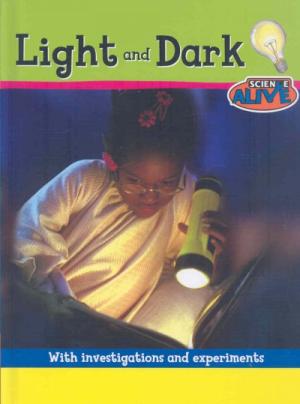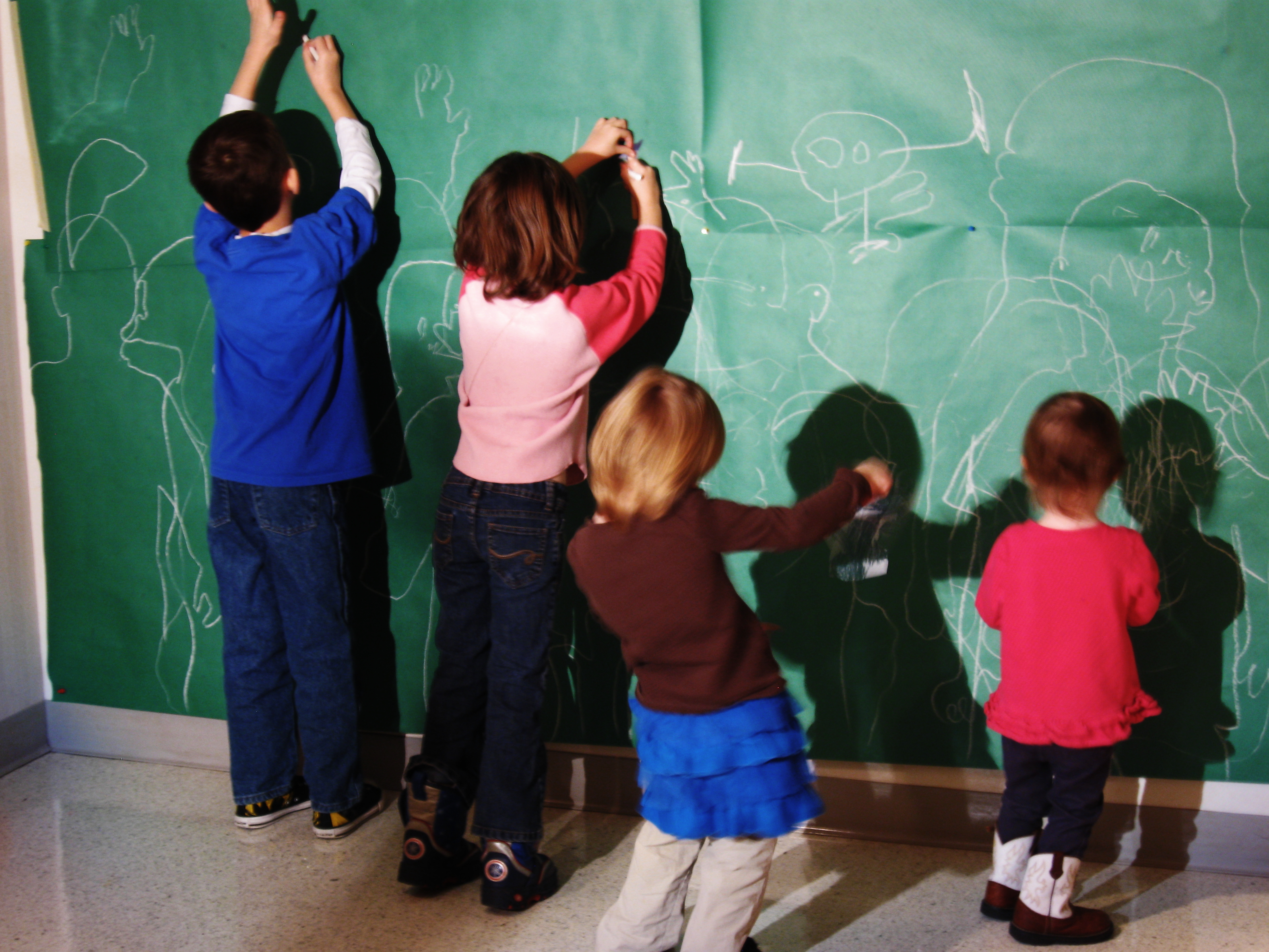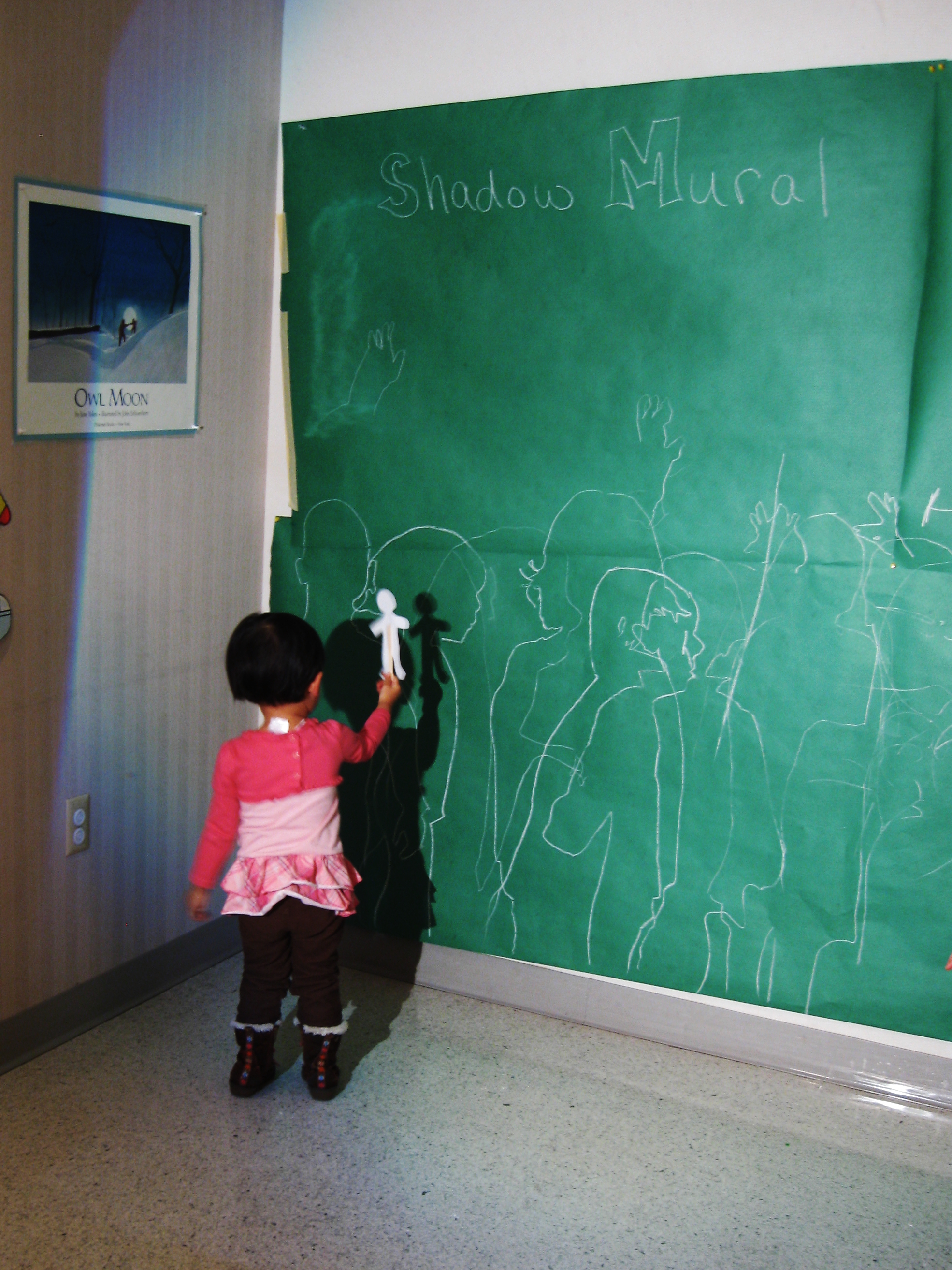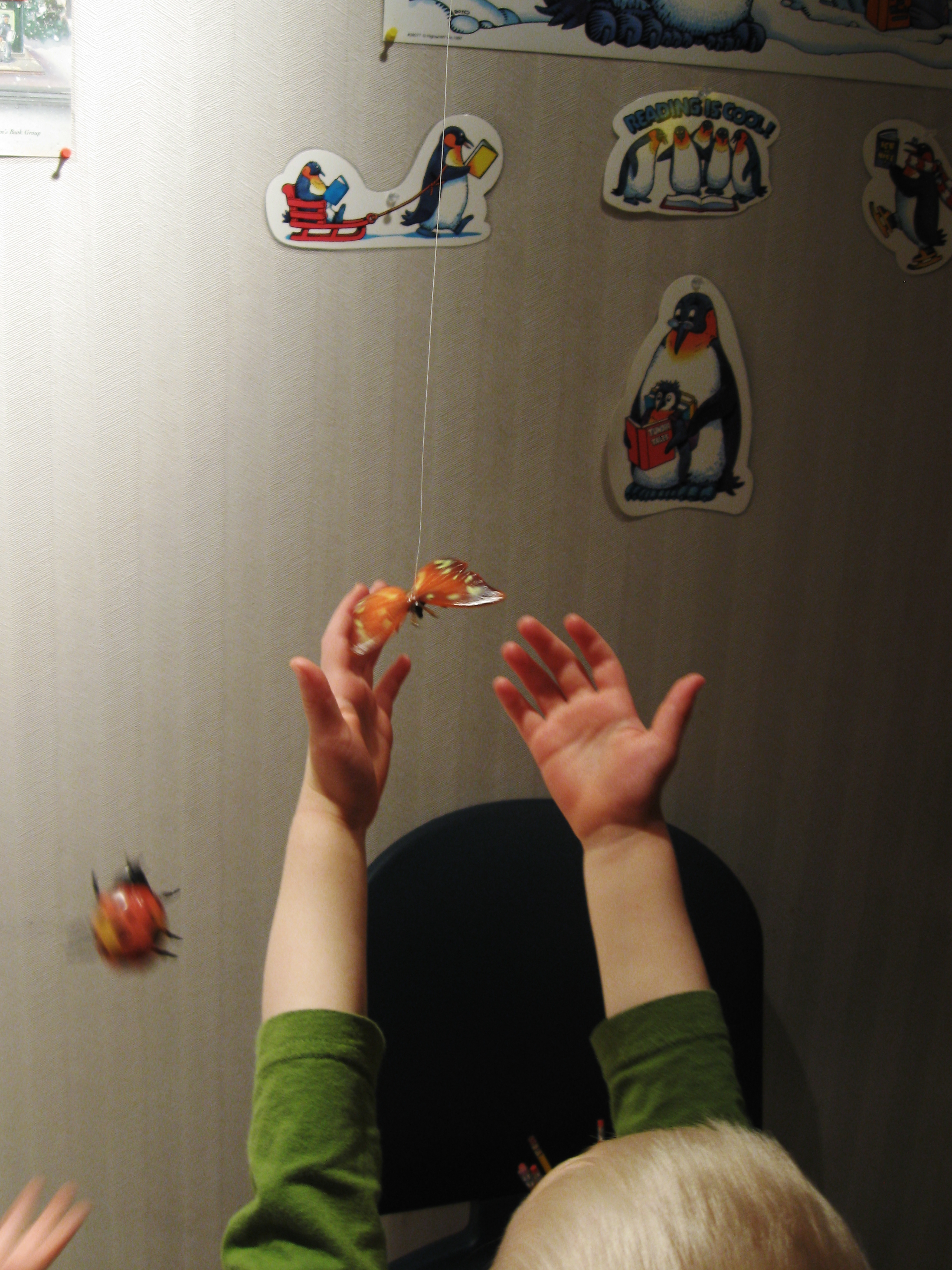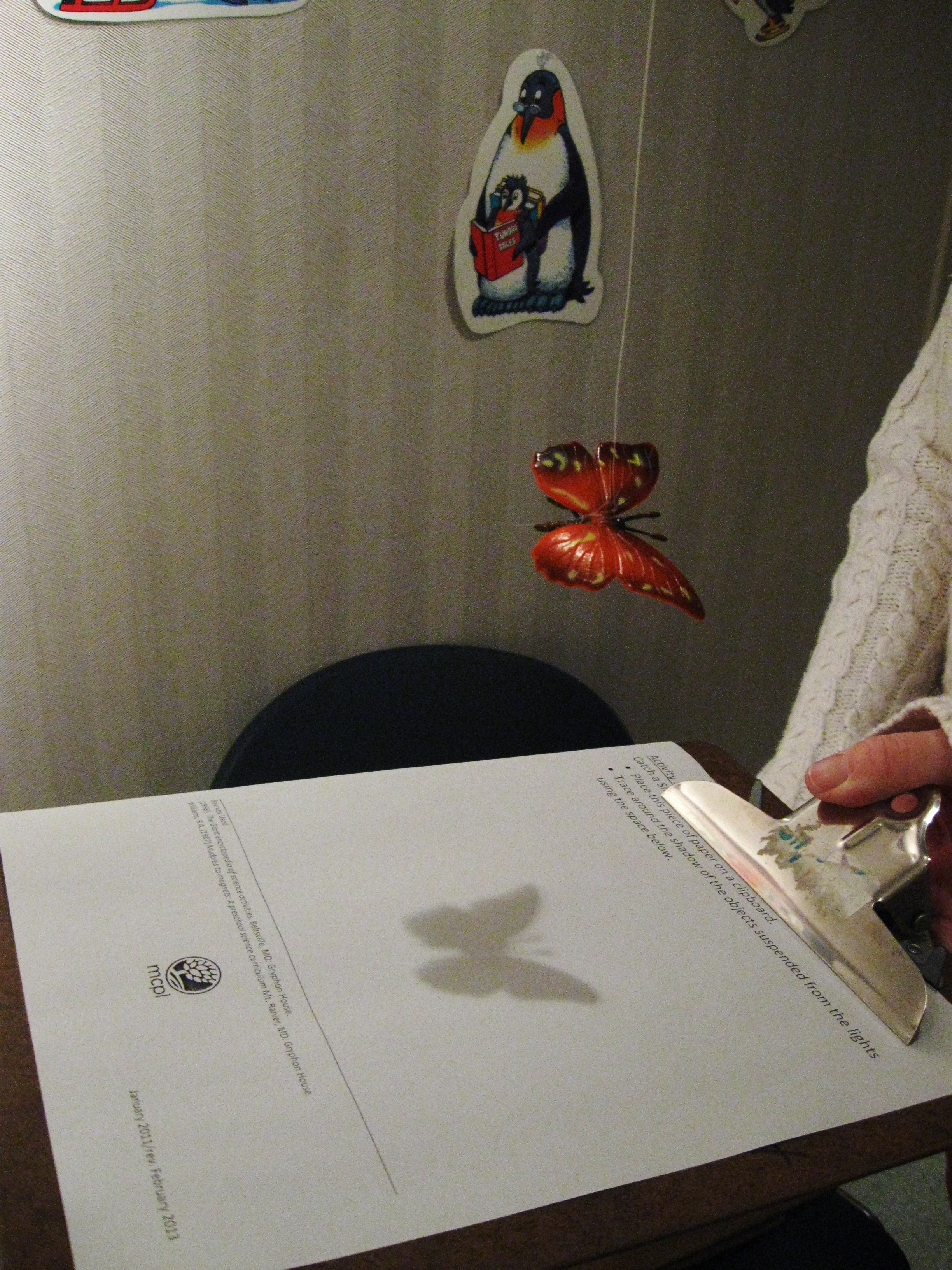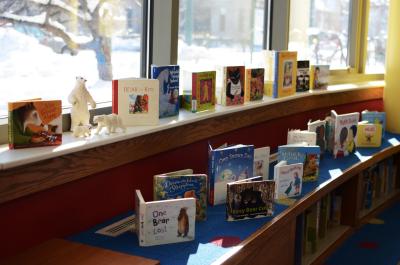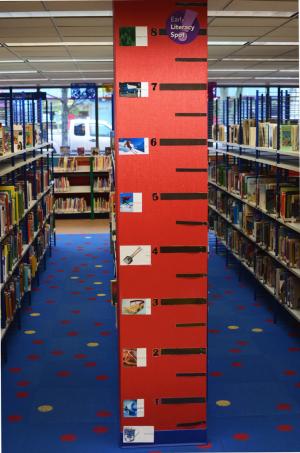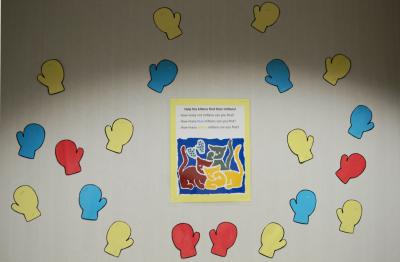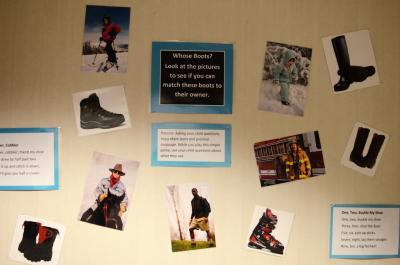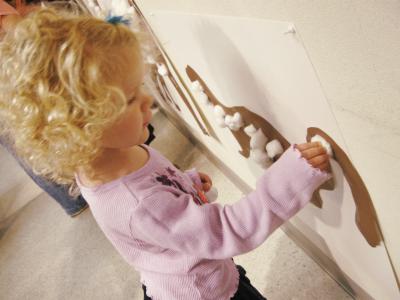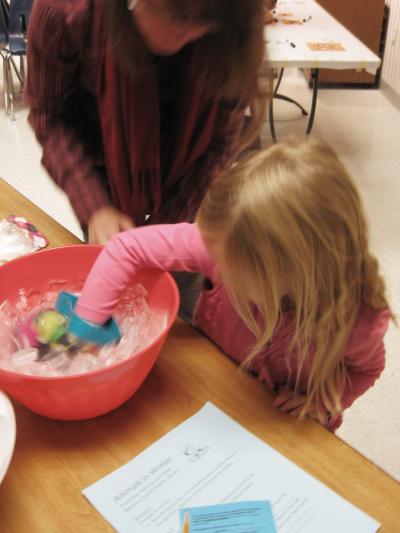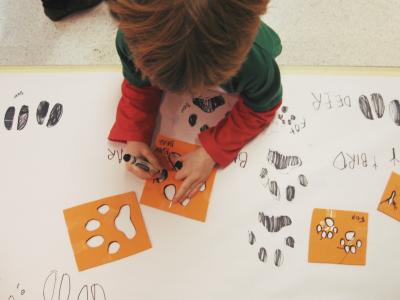Nature Journals and Binoculars
This week in our preschool arts program, Little Makers, we did two projects to help us celebrate and appreciate nature for Earth Day! First, we created nature journals by punching holes into paper and practiced our fine motor skills to string yarn through the holes. Then, we used markers to decorate and name our nature journals.
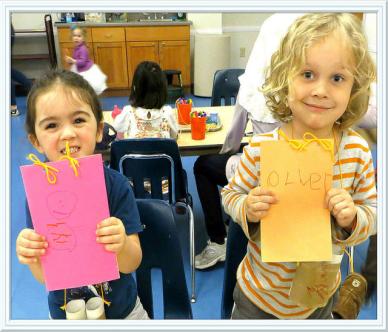
The second project we worked on was a set of binoculars. We used recycled toilet paper rolls and secured our binoculars with glue. After the glue dried, we decorated each pair with words and drawings. Although the binoculars have no magnifying effect, with a little imagination it worked just fine! After completing the projects, our little makers were excited to give them a go!
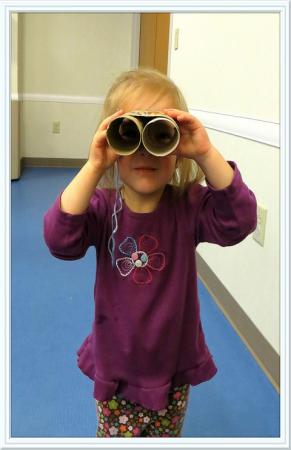
These projects not only helped us appreciate nature, but also centered on the early literacy practice of writing. By writing descriptions or drawing pictures of what they see in nature, a child is working on building the skills they need for writing and reading.
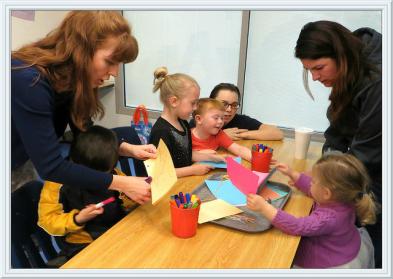
Writing is like learning a code. Each letter has a meaning and those individual meanings strung together create a word. Did you know that when a child scribbles, they’re practicing writing? A shape may represent a letter or a mark on a piece of paper can represent a word. It may not look like words to us, but to the child it has meaning. It’s building their print awareness, which means knowing that print has meaning, and helping them build the skills they’ll need when they’re ready to read.
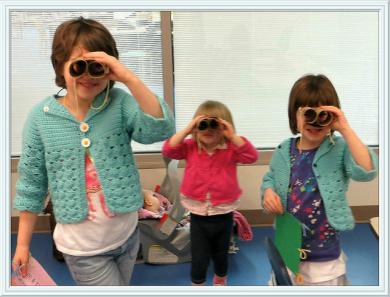
Now that we have a trusty pair of binoculars and a brand new nature journal, why not play and build up some of our early literacy skills from Every Child Ready to Read’s five daily practices: reading, writing, singing, talking or playing? Ask your child to describe a bug they see! Is it fluffy or solid? What color is it? How many legs does it have? Make up a silly song about the bug! Another fun way to explore an early literacy skill is to draw a picture and label it. Have a child draw a picture of an animal and label the head, eyes, tail, arms, or paws. Make it a game, early literacy should be fun!

To learn about other programs that build upon early literacy skills, check out our program and event page or come visit us!
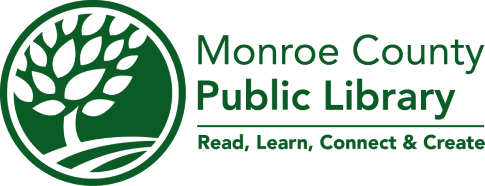
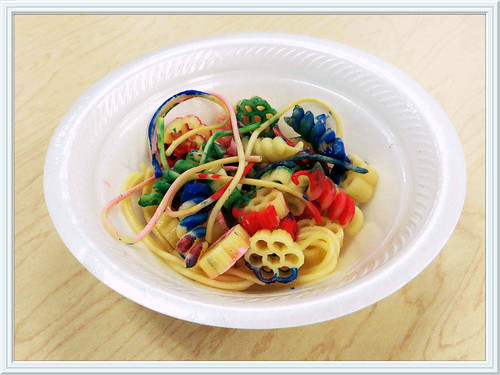

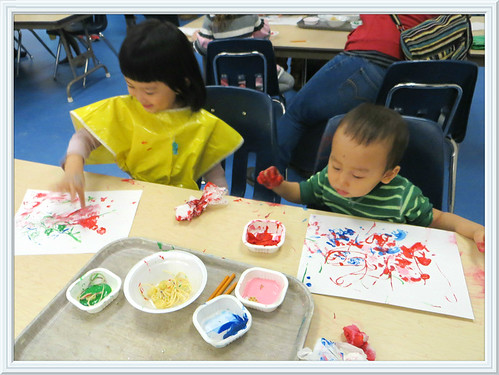
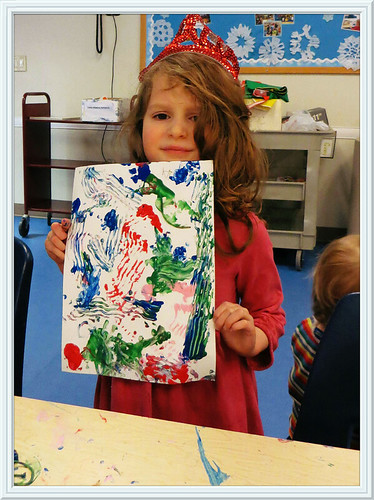
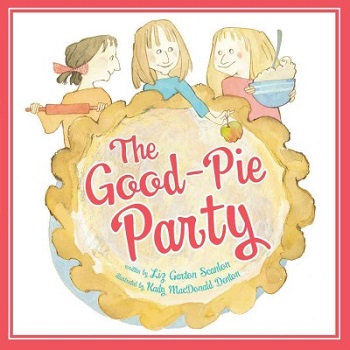 In
In 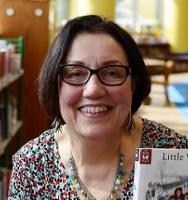 These two books resonate with me even more now as the old year rolls into the new and I reflect on a friendship shared with a colleague and speckled-egg friend who retires next week. Salud dear Pat Firenze. And thanks for all the chocolates.
These two books resonate with me even more now as the old year rolls into the new and I reflect on a friendship shared with a colleague and speckled-egg friend who retires next week. Salud dear Pat Firenze. And thanks for all the chocolates.
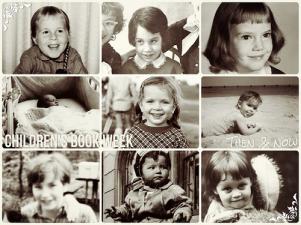 To celebrate
To celebrate 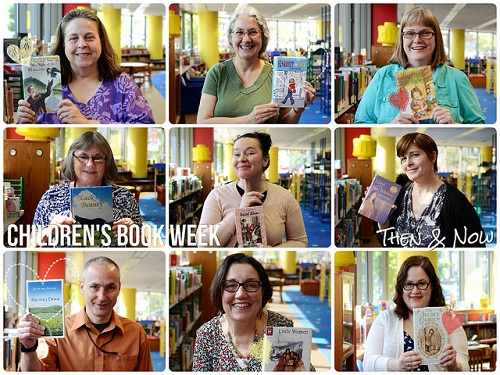
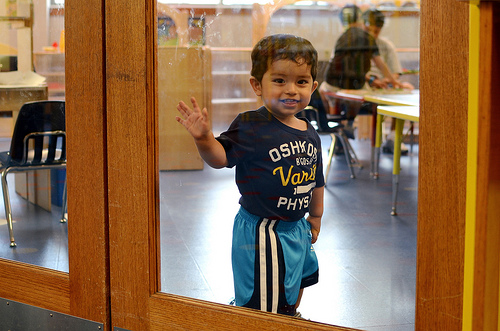
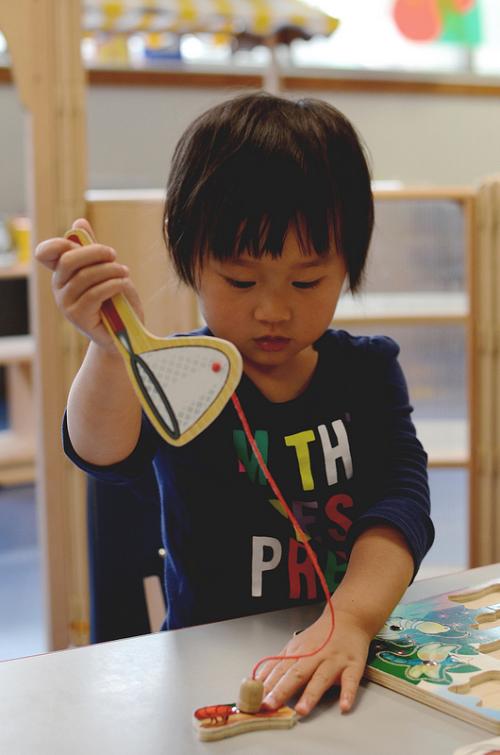
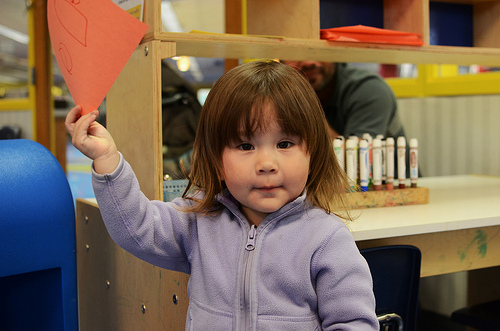
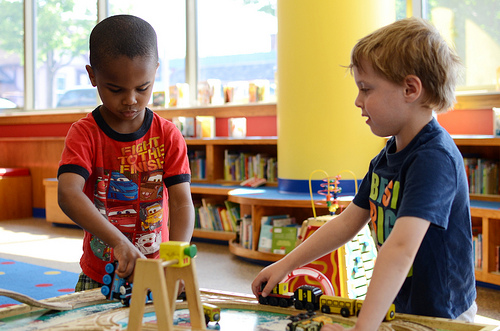
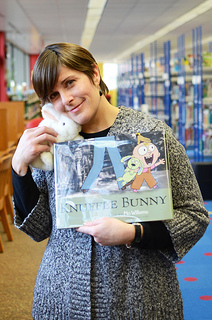
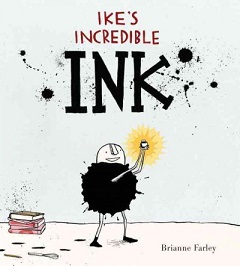
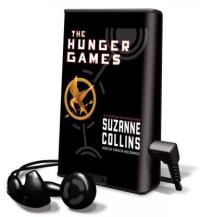 Playaways
Playaways

